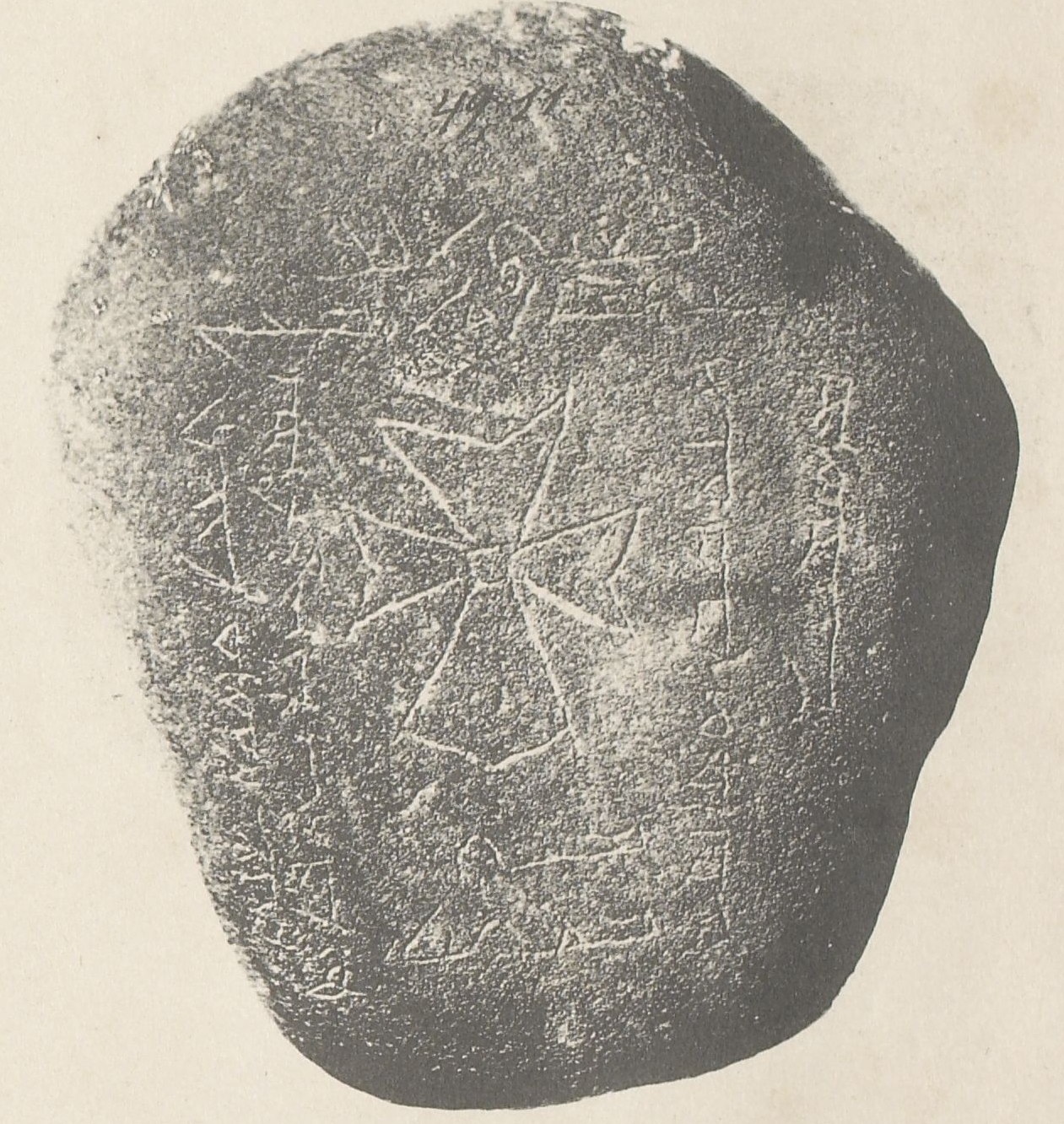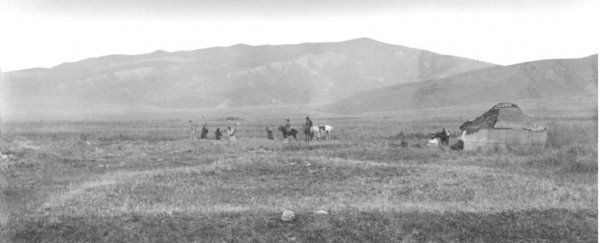When a collection of thirty-something skeletons was exhumed from graves in northern Kyrgyzstan in the late 1880s, little did archaeologists know that nearly 130 years later, the remains would reveal new evidence about the origins of the Black Death.
The Black Death was the first wave of a 500-year-long pandemic that would go down in history as one of the deadliest of all time. Caused by the pernicious bacterium Yersinia pestis, it left a dark shadow over the Middle Ages, wiping out large swathes of the European population.
Despite its immense impact, the origins of the disease have long thwarted researchers, who have since traced long-buried ancient genomes of Y. pestis across the continent.
This new study, which suggests the Black Death emerged in Central Eurasia, is actually just the latest in a slew of archeological and paleoecological findings that are steadily rewriting our understanding of the plague.
"Our study puts to rest one of the biggest and most fascinating questions in history and determines when and where the single most notorious and infamous killer of humans began," says University of Stirling historian Phil Slavin, who worked alongside lead author Maria Spyrou, an archaeogeneticist at the University of Tübingen, and biochemist Johannes Krause of the Max Planck Institute for Evolutionary Anthropology.
In previous work, which compared ancient genomes from the remains of people who had died of the plague in England, France, Germany and elsewhere, Spyrou and Krause had managed to trace the roots of the second plague pandemic back to a riverside town in Russia.
Other teams have also claimed they uncovered the oldest known plague victim, who died in what is now Latvia from a less transmissible, ancestral strain of Y. pestis thousands of years before the Black Death ripped around the world in the mid-14th century.
But the origins of the second plague pandemic, a grim saga beginning with the Black Death and spanning five centuries, have long been debated and efforts to pinpoint it have thus far been hampered by a prevailing Eurocentric focus, the team says.
Now, their new research pushes the likely origins of the Black Death even farther east into Central Asia, with DNA evidence from the remains of seven individuals exhumed from two cemeteries in modern-day Kyrgyzstan.
The cemeteries, located in the Chüy Valley near Lake Issyk-Kul, had actually been excavated between 1885 and 1892, and contained a cluster of burials marked by tombstones inscribed with vague details of an unknown pestilence. The timing of the local outbreak fitted with the onset of the second plague pandemic, but the exact cause of death was never confirmed.
To investigate, the team extracted DNA from the teeth of the recovered skeletons, sequenced the genetic material and compared it to modern and historical genomes of Y. pestis.
"Despite the risk of environmental contamination and no guarantee that the bacteria would have been able to be preserved, we were able to sequence [ancient] DNA taken from seven individuals," says Spyrou.
In the teeth of three out of the seven skeletons, they found traces of ancient DNA of the plague bacterium, Y. pestis, and matched these skeletons to their headstones using historic diaries of the original excavations.
"We could finally show that the epidemic mentioned on the tombstones was indeed caused by plague," says Slavin, the historian.
Two of the reconstructed ancient genomes represented a single strain, dated to the first half of the 14th century. Genomic comparisons suggested this ancestral strain gave rise to a massive expansion of diverse plague strains that branched out and spawned the pandemic.
"We found that the ancient strains from Kyrgyzstan are positioned exactly at the node of this massive diversification event," Spyrou says. "In other words, we found the Black Death's source strain and we even know its exact date."
That date is the year 1338, which was inscribed in the ancient Syriac language on the skeleton's headstones.
 The headstone of one of the plague victims buried in the Chu Valley. (A.S. Leybin, August 1886)
The headstone of one of the plague victims buried in the Chu Valley. (A.S. Leybin, August 1886)
Of course, age estimates of ancient DNA samples recovered from crumbling skeletons can vary widely and archaeological findings are never definitive, so there may well be more to this story yet, especially if more remains of plague victims are uncovered.
Based on the evidence at hand, the researchers did find the ancestral strain resembled modern strains circulating in wild rodent populations around the nearby Tian Shan mountains, which they say suggests the Black Death emerged in the local region, rather than being introduced from elsewhere.
"This points to an origin of Black Death's ancestor in Central Asia," Krause explains.
How the Black Death spread was, and still remains, another pressing question; warfare and trade networks are thought to be some of the main contributors to the rampant advance of Y. pestis during the 14th century.
Based on further examinations of the tombstone inscriptions, burial artifacts, coin hoards and historical records, the researchers reckon the Chüy Valley was home to diverse communities that relied on trade with regions across Eurasia. Those trade routes may have carried an unwanted passenger.
"An investigation of early-to-mid-fourteenth-century [trade] connections across Asia, interpreted alongside other genomic evidence, will be important for disentangling the bacterium's westward dispersals," the study authors write.
The study findings are reported in Nature.
